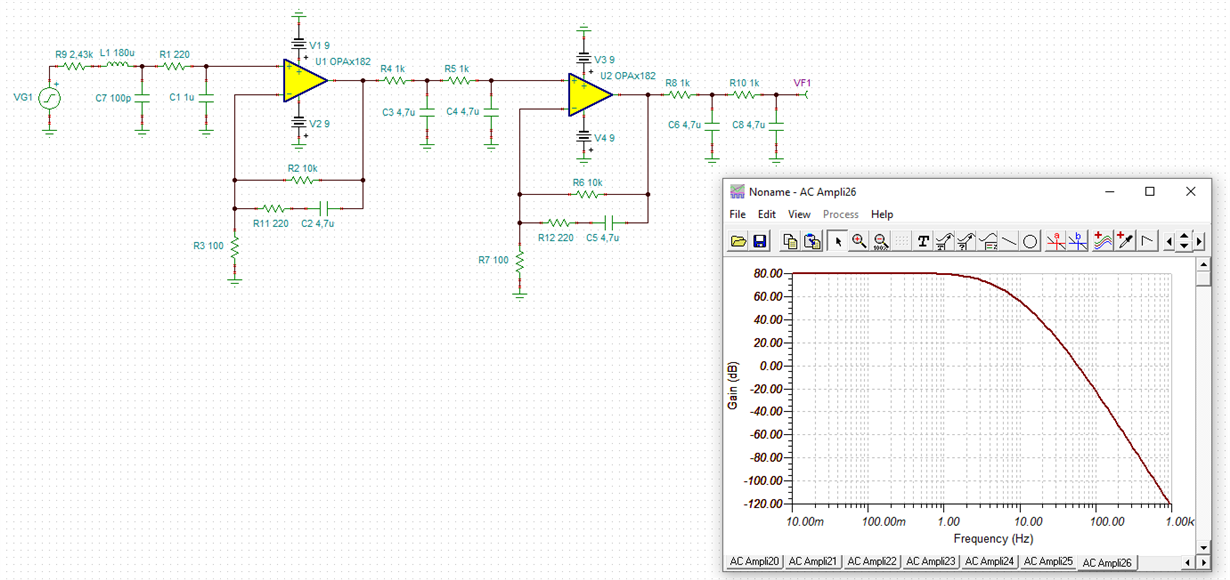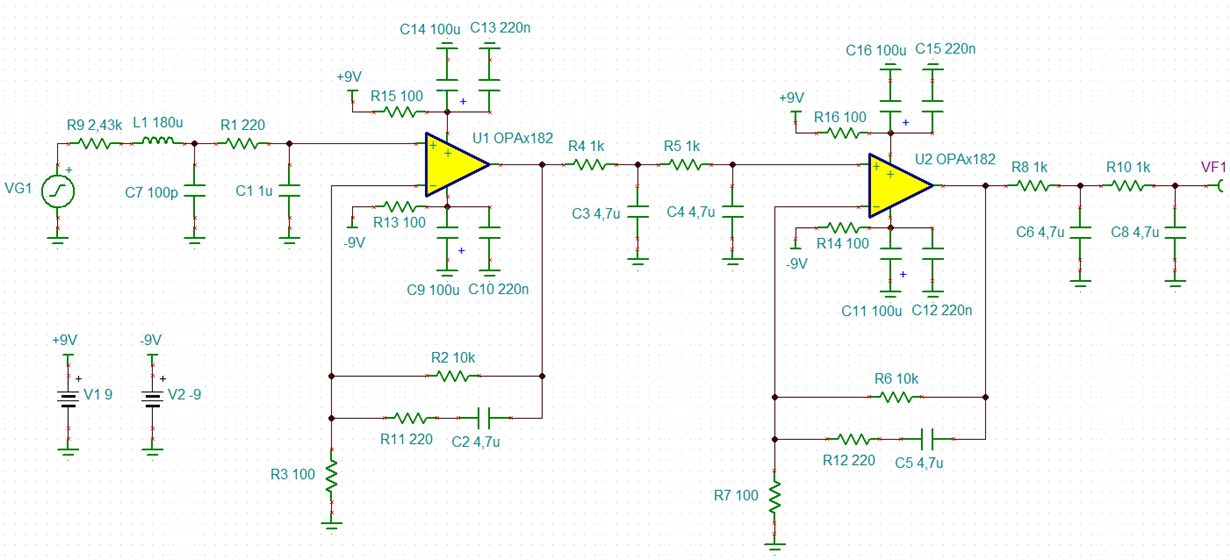Other Parts Discussed in Thread: THS4631, OPA2210, OPA2182, OPA2192, DUAL-DIYAMP-EVM
Hello Guys,
Good day.
I see that THS4631DGNEVM is a Transimpedance amplifier and act as front-end amplifiers for optical sensors. However our customer is considering to use this in measuring DC potentials generated by cutting through a magnetic field. Is this possible with this EVM?
They have a coil of AWG 36 magnet wire that is about one mile long (2.43 k ohms), and wants to perform this DC measurement.
Thanks in advance!
Art






